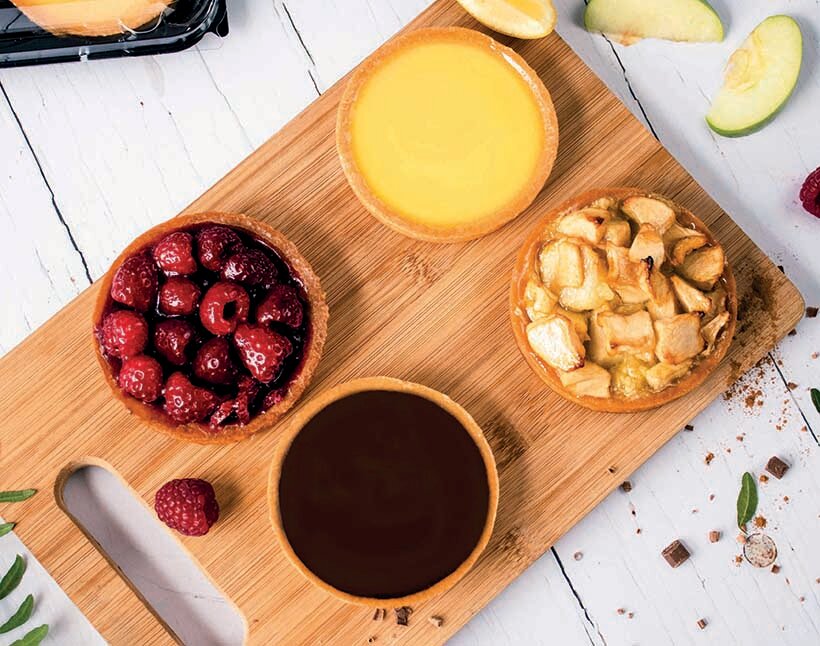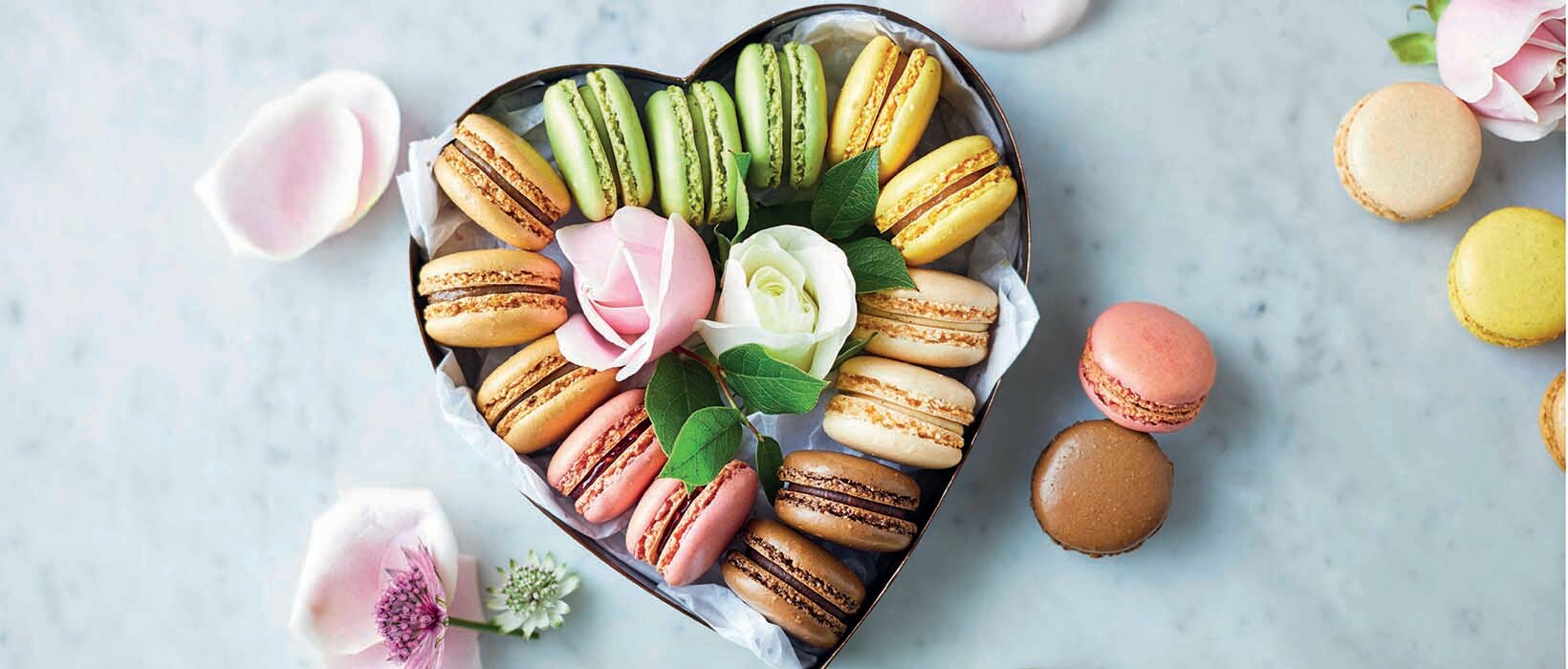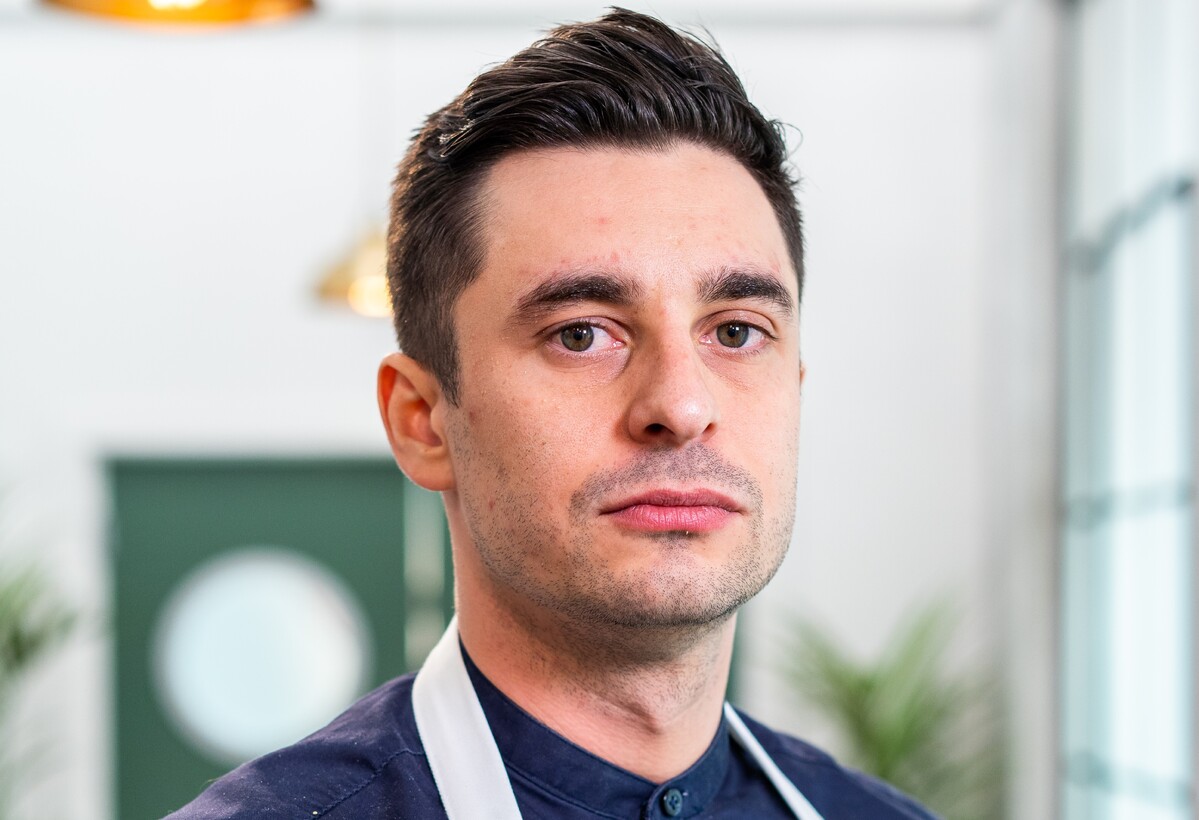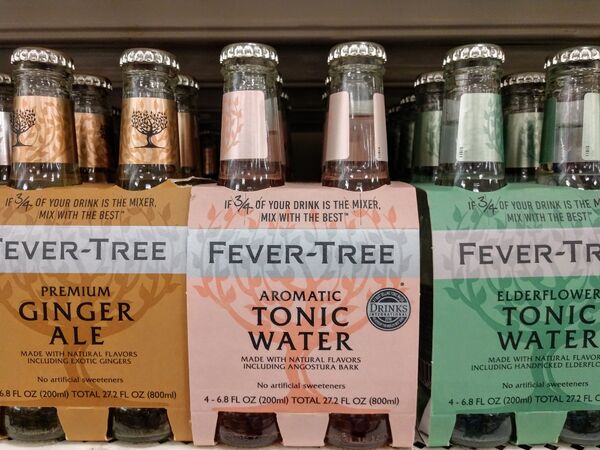Eye candy: how to create attention-grabbing desserts
It’s time to pimp your pâtisserie. Anne Bruce finds the attention-grabbing sweet treats
There’s nothing unusual about a guest whipping out their phone to take a photo of their food or artisan coffee. With millions of images and videos being uploaded to the likes of Instagram and TikTok every day, operators need to offer eye-catching dishes that stand out from the crowd and compete with the latest trends – and the dessert trolley is one of the easiest places to start.
Just take a simple Danish pastry and add sauces, sweet toppings or whipped cream, says marketing manager for Lantmännen Unibake, Sam Winsor, who refers to this as a #glowup – a social media trend that shows off significant physical transformation.
In fact, research conducted by Opeepl for Lantmännen Unibake UK’s Schulstad Bakery Solutions brand in June 2022 concluded that 79% of guests would pay more for a “glowed-up” version of a Danish pastry.
As outlets face increasing challenges from inflation, the idea of improving your dessert menu with fun toppings to boost profits, add excitement and make it more Instagram-friendly sounds like an affordable and fun way forward. So, what are some top tips for operators to make sure their desserts tick the boxes of a demanding, financially squeezed and social media-influenced clientele?
More is more
A dessert needs to tempt not just the diner but often their social media following as well, so there is no point playing anything down.
“Desserts are something that diners choose based on appearance, so make the most of any particularly showstopping menu items with your social channels, which are the catwalk of your business,” says Rob Owen, executive business development chef at Creed Foodservice.
In fact, take it one step further: “Behind the scenes videos of desserts being made and staged shots of them being plated up will appeal to those who will be easily swayed into ordering that third course,” he suggests.
“The importance of having beautiful pictures of the items on your menu circulating on social media cannot be underestimated,” Oliver Briault, development chef for Maple from Canada says. “To create an aesthetic sweet treat, consider adding edible flowers, fresh herbs such as mint, or a drizzle of pure maple syrup.” Pure maple syrup drizzles are popular in Instagram stories, he says, with influencers often adding a slow-motion effect to the maple pour over pancakes or waffles.

Hannah Robinson, head pastry chef at foodservice caterer BaxterStorey, keeps a close eye on Instagram trends. “Trends in this area are constantly changing. Previously, the more design on a plate, the better; now, minimalism is back on top. Food is an art form, so we keep an eye on these trends and use our creative freedom to excite our customers.”
Look back to look forward
Edward Miles, managing director at Frank Dale bakery, identifies an ongoing trend for nostalgic sweets and desserts, for example sticky toffee pudding and jam roly-poly, which bring familiarity during uncertain times. American flavours also continue to be popular, such as s’mores, cookie dough and Oreo, as well as new cocktail- or alcohol-inspired products with flavours like the negroni or espresso martini.
While nostalgia has been a key trend during the past year, today’s consumers – especially the younger generations – are approaching tradition with a twist, says Jacqui Passmore, marketing manager UK and Ireland at Dawn Foods. Exploring fresh and ‘disruptive’ dessert ingredients that combine old and new can give a new look to time-honoured favourites, for example, she suggests adding matcha powder to a cheesecake or Middle Eastern flavours such as ground cardamom to a chocolate brownie.
“The challenge for caterers is to keep up with such a fast-moving dynamic. A flavour or format can be on trend one minute and old hat the next. Limited-edition desserts are a great way for caterers to test out new and exciting flavours to attract younger consumers. The key is to experiment with flavour, texture and format.”
With growing nutritional awareness shaping trends, many customers are shifting away from chocolate and cream-based desserts and towards more fruit-based dishes, says Robinson: “We’re noticing these trends in London at workplace-based locations that not only cater for office workers, but also for visitors and events, showcasing that the shift to fruit-based desserts is prevalent within people’s working lives as well as their preferences when dining out. Our fine dining offer in central London has also demonstrated this trend – 70% of fruit-based desserts come from the à la carte fine dining offer, which does around 150 covers a week”.
She adds: “This has been reinforced since the calorie legislation came into effect in 2022. With the power of this knowledge, our customers are reconsidering their dessert choices. A popular dish is our coconut parfait with pineapple and pomegranate salsa, topped with a refreshing coconut sorbet. Fruit-based sorbets also mean a reduced calorie content compared to ice-cream, for example.”
Common touch
Another growing demand are desserts that cater for dietary intolerances. “Ten years ago, we would typically have one customer with a dietary requirement to cater for, but that number has grown significantly in recent years,” Robinson says.
And in view of cost pressures and the much-discussed labour shortages in the kitchen, one-size fits all, allergy-friendly desserts that work across a range of special diets, such as gluten-free or vegan, are just what the doctor ordered.
Meringue-based desserts are a great way to offer a delicious gluten-free option, Briault suggests, while also avoiding highly processed ingredients that have had gluten removed.
And Marie-Emmanuelle Chessé, international development project manager at Tipiak tips the company’s macarons as an eye-catching solution. “Available in lots of different colours and flavours, macarons are a super-versatile product to have in any professional kitchen. There’s a macaron to suit all your dessert and sweet treat decorating occasions. Opt for frozen macarons so that you always have ‘fresh’ options to hand,” she says.
Products which lend themselves to an all-inclusive dietary market, such as cookies, cheesecakes and tortes, are also seeing particularly strong growth, comments George Tatlow, head of new product development at bakery supplier Wrights, part of the Compleat Food Group.

Short and sweet
With everyone more conscious of costs as well as diet, there are also increasing requests for smaller portions, such as half-size desserts or dessert “bites”, he says. “Modifications to key lines, such as brownies, tray bakes, sticky toffee puddings and cheesecakes, are helping to protect the dessert offering and maintain the appetite for and accessibility of a sweet treat while reducing costs.”
Caterers are having to look carefully at ingredient costs and margins and are reducing portion sizes and simplifying recipes to deliver the finished product at an affordable price point, adds Passmore.
“The trend for bite-size dessert plates, perhaps served with a hot drink, appeals to a diner’s craving for something sweet at the end of a meal and are a revenue compromise for caterers – it’s better to sell a smaller portion at £5 than no dessert at all.”
Changing consumer demands and cost consciousness are also seeing desserts being eaten more as a standalone treat, as well as at the end of a meal. “A main course at home, followed by a dessert and a drink in the local restaurant or pub has become an attractive option if funds are low,” says Matthew Grenter, sales manager at Brioche Pasquier.

This means operators need to make sure that dessert eaters are welcome at any time of the day or evening. “Prepare a really tempting standalone dessert menu that is available all day, and make sure everything is beautiful and interesting in order to give customers a thrill with their eyes as well as their tastebuds,” he adds.
That might sound easier said than done with the current back of house staff shortages, so it makes sense to buy in first-class, readymade products, he suggests: “Products such as fashionable pâtisserie are demanding and time-consuming to make from scratch. Few establishments have the luxury of a dedicated pastry chef, and skilled pâtissiers take years to train, so buying in complex desserts can be a great choice for a busy chef.”
Operators will be keen to know there has been tremendous new product development in the ready-made desserts sector that can help plug the pâtisserie skills gap, adds Gordon Lauder, managing director of frozen food distributor Central Foods. Its latest launch is a Squidgy Chocolate Roll – a flourless chocolate sponge. This can be served at different times of the day, including as part of an afternoon tea, as a beverage accompaniment or as a tempting light dessert, he suggests.
Frank Dale bakery also has thaw and serve, and heat and eat ranges, which allow caterers and foodservice providers to tangibly reduce workload and staff overheads, lower energy bills and cut time spent on sourcing ingredients, according to Miles. They also offer the convenience, reduced wastage and extended shelf life associated with a frozen format.
Whatever you choose to do to create your dessert #glowup, don’t forget to post those before and after shots on social media.
Suppliers
BaxterStorey www.baxterstorey.com
Brioche Pasquier www.pasquier.fr/en_uk/foodservice
Central Foods www.centralfoods.co.uk
Creed Foodservice www.creedfoodservice.co.uk
Dawn www.dawnfoods.com/uk
Frank Dale www.frankdalefoods.co.uk
Lantmännen Unibake www.lantmannen-unibake.co.uk
Maple from Canada www.maplefromcanada.co.uk
Tipiak www.tipiakfoodservice.co.uk
Wrights Food Group www.wrightsfoodgroup.com




















